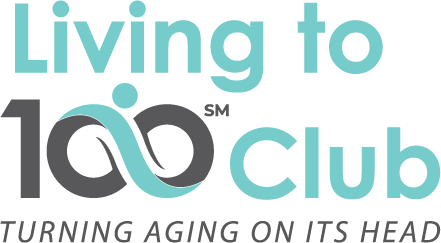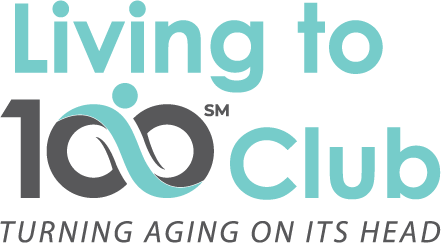Depression, dementia, and delirium are colloquially referred to as the “3 D’s”. First, what depression looks like: a) sad mood, feeling worthless, hopeless, and helpless; b) loss of interest, decreased energy, and loss of initiative; c) feelings of guilt and remorse, preoccupied with disappointment and failure; d) disruptions in sleep and eating habits; difficulty with attention and concentration. In addition to these signs, we need to watch for increased isolation and withdrawal, persistent complaints of memory problems, somatic complaints – usually vague and hard to assess, self-neglect, aimless and purposeless attitudes, and expressions of disinterest in “going on”. Thoughts of self-harm, including suicide, sometimes come into the picture of depressed individuals, especially when we see non-compliance with medical plans, reckless behavior, misuse of alcohol or other drugs, and expressions of feeling trapped or unable to improve his/her situation.
Dementia
Dementia is a global, or diffuse change in our mental or cognitive abilities. Typically, dementia is irreversible (when caused by certain diseases like Alzheimer’s, Parkinson’s, vascular changes, and infections or severe trauma). Though rare, some dementing conditions are reversible, as when caused by nutritional deficiencies, over-medication, and severe environmental stress. These latter conditions can reverse when the individual has a proper medical workup and treatment. Even depression can mimic the signs of dementia, due to the cognitive complaints, listlessness, and loss of initiative. These are common in both conditions. The cognitive changes we see in dementia include memory loss – usually from more recent events, loss of factual information, difficulty with attention and concentration, emotional lability and reduced frustration tolerance, gradual disorientation, and the hallmark, difficulty with word finding and self-expression.
Differences between Depression and Dementia
Distinguishing between the two conditions is not a simple matter, as both depression and dementia have similar features. However, depression tends to have a more sudden onset, while dementia is a slow, insidious process. Early morning awakening is more common in depression, and not so in dementia. Importantly, there is a greater incidence of self-reported or exaggerated loss in depression. In contrast, individuals with dementia tend to mask or downplay their losses. Sundowning, marked by increased confusion and disorientation later in the day and early evening, is common in dementia. Lastly, depression tends to be marked with difficulty with recent and remote memory function, while remote memory in individuals with dementia tends to be better preserved.
Delirium
The third “D” is delirium, characterized by a rapid onset and global cognitive impairment. Signs of delirium include a disturbance in consciousness (sometimes referred to as acute confusional state), perceptual disturbances, disturbed sleep-wake cycle, disorganized thinking, and altered attention levels and high distractibility. The important feature about delirium is that it is a medical emergency, and the cause needs to be identified urgently. Possibilities include stroke, infection, adverse drug reactions, and post-anesthesia or post-operative condition. Highlighting the differences between dementia and delirium we see: onset – sudden with delirium and slow with dementia; normal state of consciousness with dementia and fluctuating with delirium; perceptual disturbances (hearing a door slam and thinking it’s a gunshot) present in delirium, not dementia; disturbed sleep-wake cycle in delirium, and high level of distractibility in delirium, while not so in dementia.
This article is referenced in the new Better, Longer & Happier: A Guide to Aging with Purpose and Positivity. In the Guide, Module 08 is focused entirely on gaining a better understanding of depression, dementia, and delirium.


